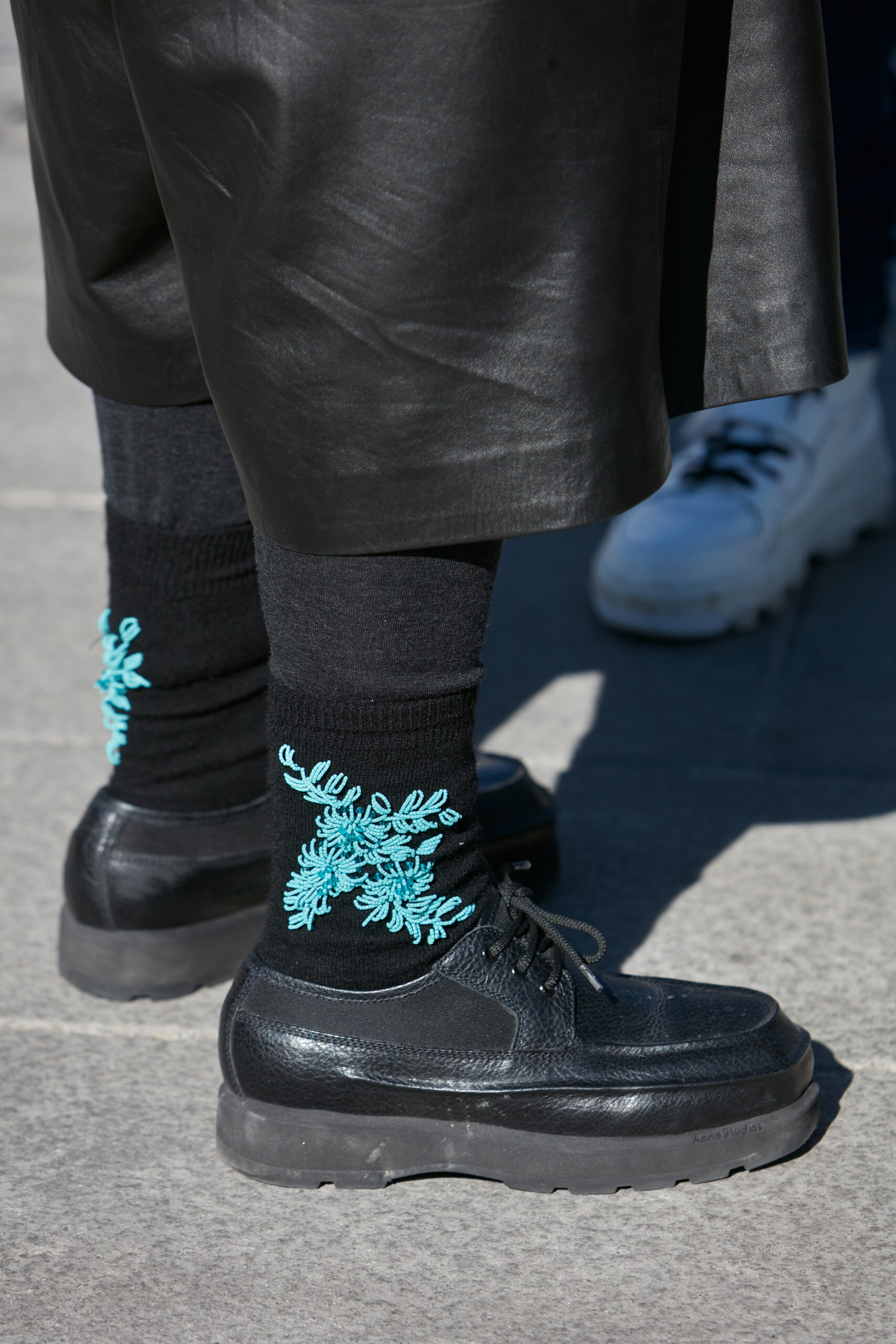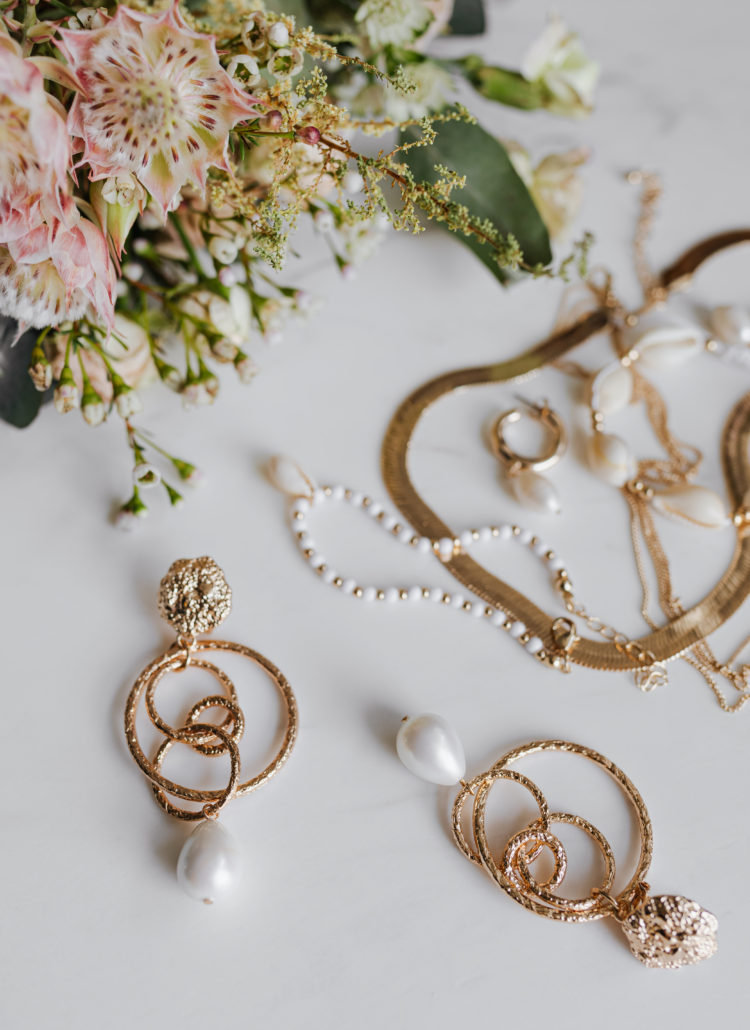What is upcycling?
Upcycling refers to reusing or repurposing old clothes or fabric scraps to create new and unique items. It’s a sustainable and environmentally friendly practice that reduces waste and conserves resources. It’s also a creative way to give new life to old items and an opportunity to add personal flair to your wardrobe. Upcycling can involve altering or customizing clothes, turning old clothes into new garments, or using them for other craft projects.

Why should you upcycle?
There are several reasons why upcycling is so essential. First, upcycling helps to reduce waste and conserve resources. It’s an effective way to combat these issues in a world facing a climate crisis and a growing waste problem. By giving new life to old items, we reduce the amount of waste that goes into landfills and help to conserve resources that would otherwise be used to produce new things.
In addition to being environmentally friendly, upcycling is also a way to express yourself. By transforming old items into new and unique pieces, we can add a personal touch to our wardrobe and create something truly one-of-a-kind. In addition, upcycling allows us to experiment with different styles and techniques and to express ourselves in impossible ways with mass-produced clothing.
What does upcycling do for the environment?
One of the benefits of upcycling is the potential for new job opportunities and supporting local communities. Upcycling requires skills such as sewing, crafting, and design, which can be learned and practiced by people of all ages and backgrounds. By supporting upcycling initiatives and businesses, new job opportunities can be created for people in various communities and help local economies.
It also promotes a more sustainable and ethical fashion industry. By reducing our reliance on fast fashion and disposable clothing, we can help to create a more sustainable and ethical fashion industry that values quality and longevity over quantity and trendiness.
In addition, it allows us to think critically about our consumption habits and make more conscious and responsible choices about the clothes we wear and their environmental impact.
Does upcycling impact communities?
It can also be a way to preserve cultural heritage and traditions. Many traditional textile techniques and crafts are in danger of disappearing as they are being replaced by mass-produced clothing and industrial manufacturing processes. By upcycling and repurposing old textiles, we can help to preserve these traditions and keep them alive for future generations to appreciate.
Upcycling is a critical practice that benefits individuals, communities, and the environment. By reducing waste, promoting creativity, creating job opportunities, supporting local economies, promoting sustainability and ethical fashion, and preserving cultural heritage, upcycling is a powerful tool for positive change.
Whether you’re a seasoned crafter or a beginner, many ways exist to upcycle your clothing and create a more sustainable and eco-friendly wardrobe. By making upcycling a part of our daily lives, we can positively impact the world and create a more sustainable and responsible future.
How do you start upcycling?
Before you start upcycling, take some time to think about what you want to create. Decide on the item you wish to transform, what materials you’ll need, and what techniques you’ll use. Having a plan will help you stay organized.
If you need help knowing where to begin, browse through magazines, blogs, or social media to get ideas and inspiration for your project. You can look at what others have done and use their work as a starting point.
And don’t be afraid to get creative with your designs. Experiment with different colors, patterns, and textures to create unique and exciting pieces you love. You might pick up a new skill in the process.




